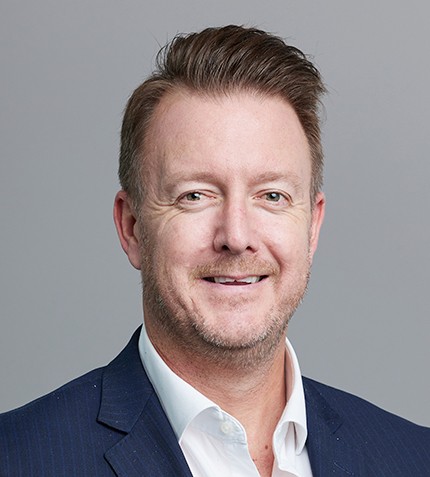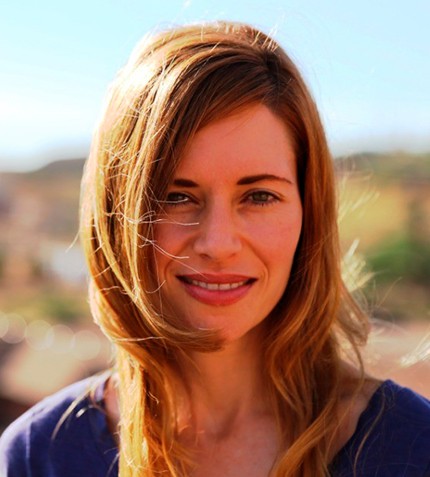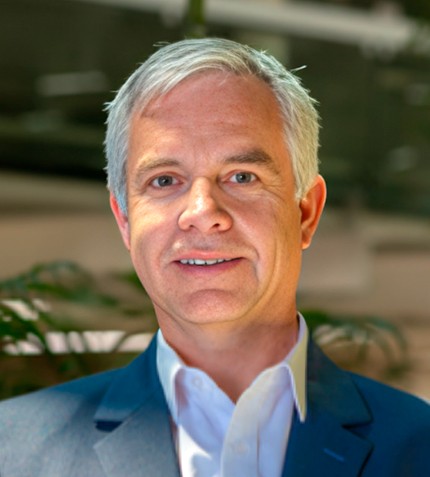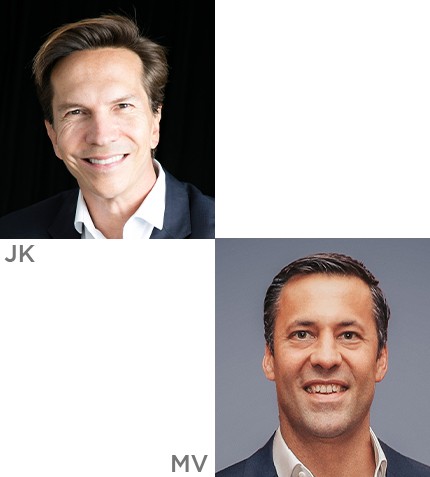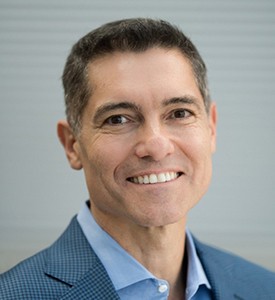
" We operate in an industry which requires tremendous investment and a significant amount of time. A Tufts University report stated that every drug approved requires approximately US$2.6 billion in investment."
Raul Rodriguez
PRESIDENT AND CEO, RIGEL
Could you provide a brief overview of Rigel’s evolution since its inception in 1996?
Rigel started as a very small early stage research company, which built a biology and chemistry group focused on developing small molecule pre-clinical candidates. We then established a pre-clinical development group, signing three partnerships with Pfizer, Johnson & Johnson, and Novartis, respectively, to advance our technology and defray some of our costs. In 2002, we put our first molecule - R112 - in the clinic on our own. R112 is a molecule for intra-nasal allergies and is also a SYK inhibitor. We conducted another trial and the product had positive results, but not enough to compete in the market. The extremely high attrition rate and significant cost for development are key challenges in our industry. In 2004, we started testing of a SYK inhibitor, which eventually became the product TAVALISSE™ (fostamatinib disodium hexahydrate). We moved forward with testing candidates to expand our portfolio, while signing agreements with numerous leading pharmaceutical companies including deals relating to oncology with Daiichi-Sankyo, U.S. Merck, Merck Serono, Pfizer and Novartis. The company has received approximately US$400 million in funding from partnerships. A typical model for Rigel is to partner its products with big pharma companies which have the capabilities and resources to take the product forward in terms of clinical development and commercialization, typically retaining shares in the value of the product and receiving royalties on sales.
Since establishment, Rigel’s mission has not changed fundamentally, however, we have shifted our strategy to also develop and commercialize products on our own. We operate in an industry which requires tremendous investment and a significant amount of time. A Tufts University report stated that every drug approved requires approximately US$2.6 billion in investment. While a significant undertaking for a company our size, in 2018, after approximately a decade’s work on TAVALISSE, we finally attained approval for the first product taken to market by Rigel.
What is Rigel’s criteria with regards to partnerships?
The United States is the largest pharmaceuticals market in terms of value, followed by Europe, Japan and the rest of Asia. Rigel is working to establish partnerships outside North America to commercialize our product and, if necessary, carry out product development. The partnership agreements are based on geography, as the partner will only have rights in their respective territories. For example, Kissei Pharmaceuticals has rights in Japan, China, Taiwan and South Korea for fostamatinib, following a collaboration and license agreement entered into in November 2018. Kissei has the rights to commercialize the product and Rigel receives an upfront payment, milestones and royalties in exchange.
In Europe, we are looking for a similar agreement: a single partner that will commercialize across all the large countries in Europe, and that has a background in the specialty care area.
Could you elaborate on Rigel’s diverse portfolio?
Rigel’s core research discovery is in immunology. We define immunology very broadly. Our first product is TAVALISSE, which is approved in the United States for the treatment of thrombocytopenia in adult patients with chronic immune thrombocytopenia (ITP) who have had an insufficient response to a previous treatment. ITP is a rare autoimmune blood disorder treated primarily by hematologists or hematology-oncologists. Our pipeline is significantly diverse as the utility of the immune system and its potential for modification is very broad. Also, we’ve had success identifying molecules for oncologic diseases with an immune process, which adds to our diverse product portfolio.
Given the different paths Rigel can take with immunology, what is directing the company’s research?
Rigel aims to discover key immune system processes, which we know are central to some diseases. IRAK, for example, is central to many immune-signaling processes. If we are able to block IRAK, we are able to block a large segment of downstream inflammatory cytokines that are activated. As a result, there are approximately 20 diseases where IRAK is potentially involved and we are excited to explore the broad potential of R835 in autoimmune and inflammatory diseases, such as psoriasis, lupus and others. The decision on which diseases to focus on will depend on the medical need, the market opportunity, and the feasibility of the clinical trial.
What is Rigel’s strategy moving forward?
We also want to develop and commercialize products on our own in North America and partner when it makes sense. This provides Rigel with flexibility to maximize the value of our assets and the breadth of indications we can pursue. As we have matured as a company, we have looked for international partners while retaining North American rights to our molecules but are also willing to share the market opportunity in the United States as there are many different applications to focus on.
Importantly, now that we have become a fully-integrated biotech company, with an FDA-approved product, we have a solid commercial foundation in place that we can leverage upon approval of follow-on indications for TAVALISSE or new therapeutics in development.




